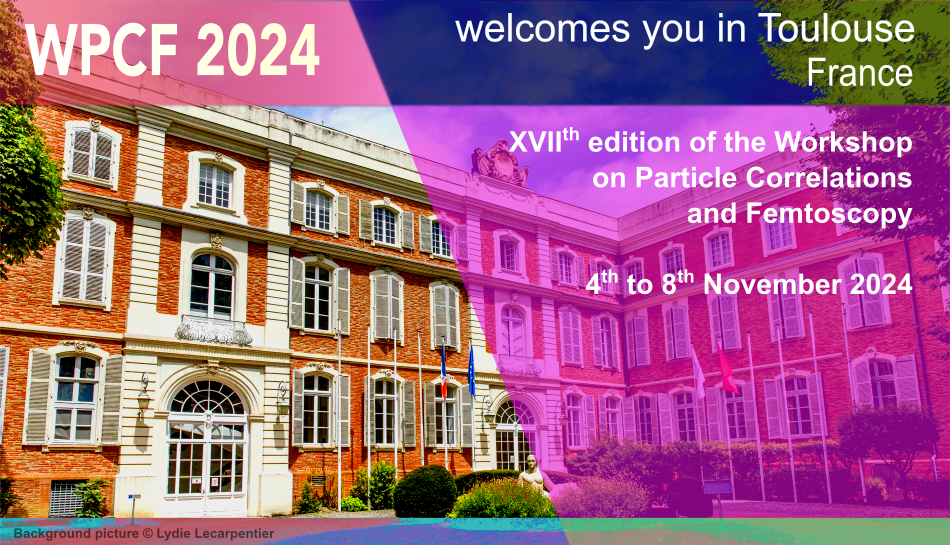Orateur
Description
The MEG-II experiment, at the Paul Scherrer Institute in Switzerland, is searching for the charged lepton flavour violating (CLFV) μ+ → e+γ decay. After its second year of data taking only, it can reach the world’s best sensitivity on the branching ratio of the decay, below 10^(−13). Beyond its primary objective, MEG-II’s adaptability enables it to probe the recent Atomki anomalies. These kinematically consistent excesses observed in the angular correlation spectra of electron-positron pairs emitted by 8Be, 4He and 12C excited nuclei could be interpreted by the decay of a circa 17 MeV/c2 neutral boson, X(17). Employing a Cockroft-Walton accelerator, a 2 μm-thin lithium target and advanced detectors, MEG-II aims to independently study the 7Li(p,e+e−)8Be reaction. The charged particles are tracked through a magnetic spectrometer equipped with a new-generation drift chamber and arrays of fast scintillators. At the same time, the associated photons are absorbed within a xenon calorimeter. With an improved resolution and extended acceptance with respect to the original Atomki experiment, MEG-II can provide further insights into the anomaly and its interpretation. A month-long data taking was conducted in 2023. We report on the data acquisition, analysis status and related prospects.

